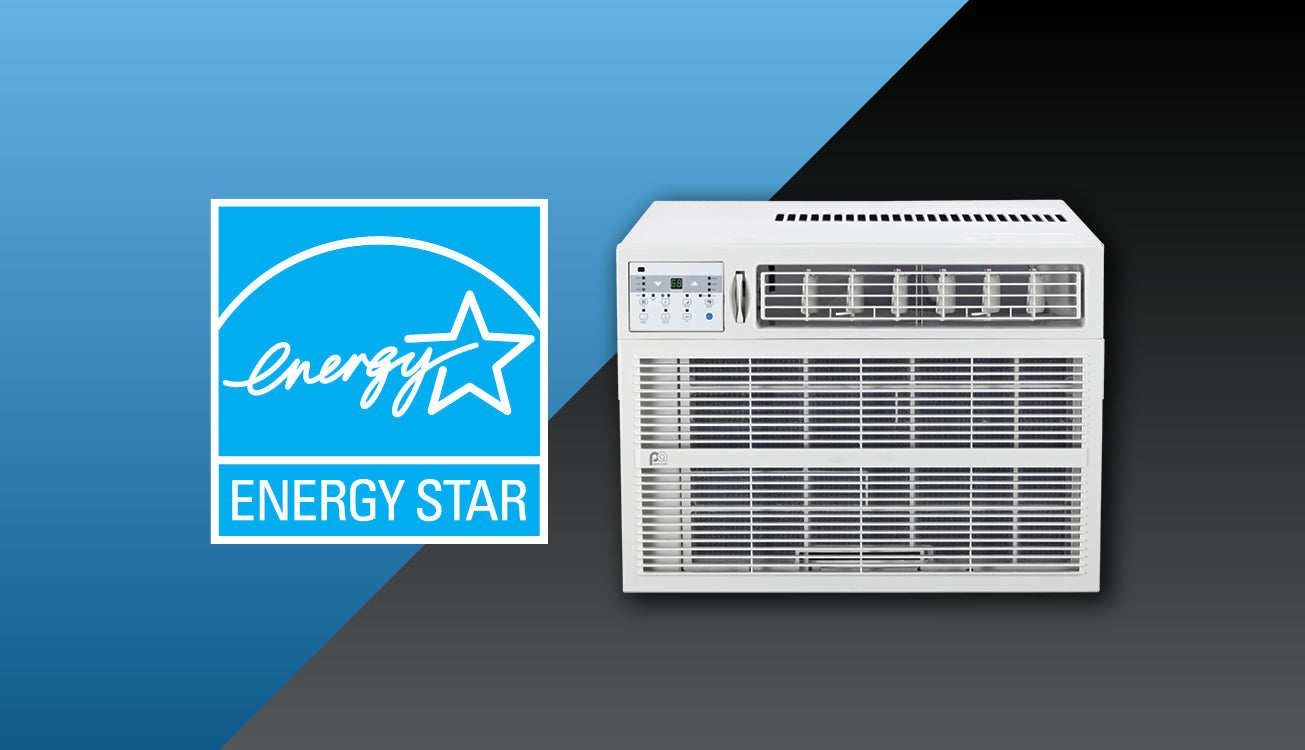
Understanding Energy Star 5.0: Regulatory Changes Impacting Window Air Conditioners
As the summer heat becomes more intense, consumers seek relief in the form of efficient and affordable window air conditioners. However, it's crucial for retail buyers to stay up-to-date with the latest regulatory changes that will affect these products. In this article, we'll explore the Energy Star 5.0 regulatory changes to window air conditioners and provide you with the 6 key takeaways you need to know.
The Impact of EPA Regulations and Energy Star Efficiency Standards
Effective from October 2023, the EPA is introducing new regulations and Energy Star efficiency standards for window air conditioners. According to a Department of Energy (DOE) press release, these changes aim to reduce household energy costs and decrease carbon dioxide emissions and the nation’s carbon footprint. These changes are being released in two phases, starting with Energy Star 5.0 standards to take effect at the end of this year.
Raising the Minimum Combined Energy Efficiency Ratio (CEER)
One of the notable changes is the increase in the minimum Combined Energy Efficiency Ratio (CEER) for Energy Star products. This means that window air conditioners will be required to meet higher energy efficiency standards to earn the Energy Star label.

Changes in Energy Star Qualification
With the new Energy Star 5.0 standards, many window air conditioner models currently advertised as Energy Star will no longer qualify. This shift will affect both manufacturers and consumers, as they will need to adjust their choices based on the updated qualifications.
The Rise of Inverter Compressors
To meet the stringent energy efficiency requirements of Energy Star 5.0, the industry will witness a significant shift toward inverter compressors in window air conditioners. Inverter compressors offer higher energy efficiency compared to traditional compressors by modulating the speed and power output, resulting in optimized cooling performance. Inverter compressors are already common in ductless mini-splits, and the Perfect Aire U-shape window ACs feature inverter compressors that will remain Energy Star compliant after the regulations take effect.

Balancing Energy Efficiency and Cost
While inverter compressors are more energy-efficient, they tend to be more costly to produce. As a result, consumers may experience a price increase for Energy Star window air conditioners equipped with inverter compressors. While these models offer long-term cost savings through reduced energy consumption, there may be some sticker shock at the cash register when consumers encounter a higher up-front cost for the Energy Star label compared to lower-efficiency Department of Energy certified (DOE) models.
The Shift to DOE Models in 2024
Considering consumer demand for more affordable options amidst concerns of inflation, many manufacturers are expected to shift their focus to DOE models in 2024. These models may provide a balance between energy efficiency and cost-effectiveness, meeting the needs of budget-conscious buyers.
In conclusion, the Energy Star 5.0 regulatory changes will bring significant transformations to the market for window air conditioners. Retail buyers should be aware of the higher CEER requirements, the impact on Energy Star qualifications, the emergence of inverter compressors, and the upcoming shift to DOE models. By staying informed about these changes, consumers can make informed purchasing decisions and understand the industry's response to meet their demands for energy efficiency and affordability in the face of economic uncertainties.
